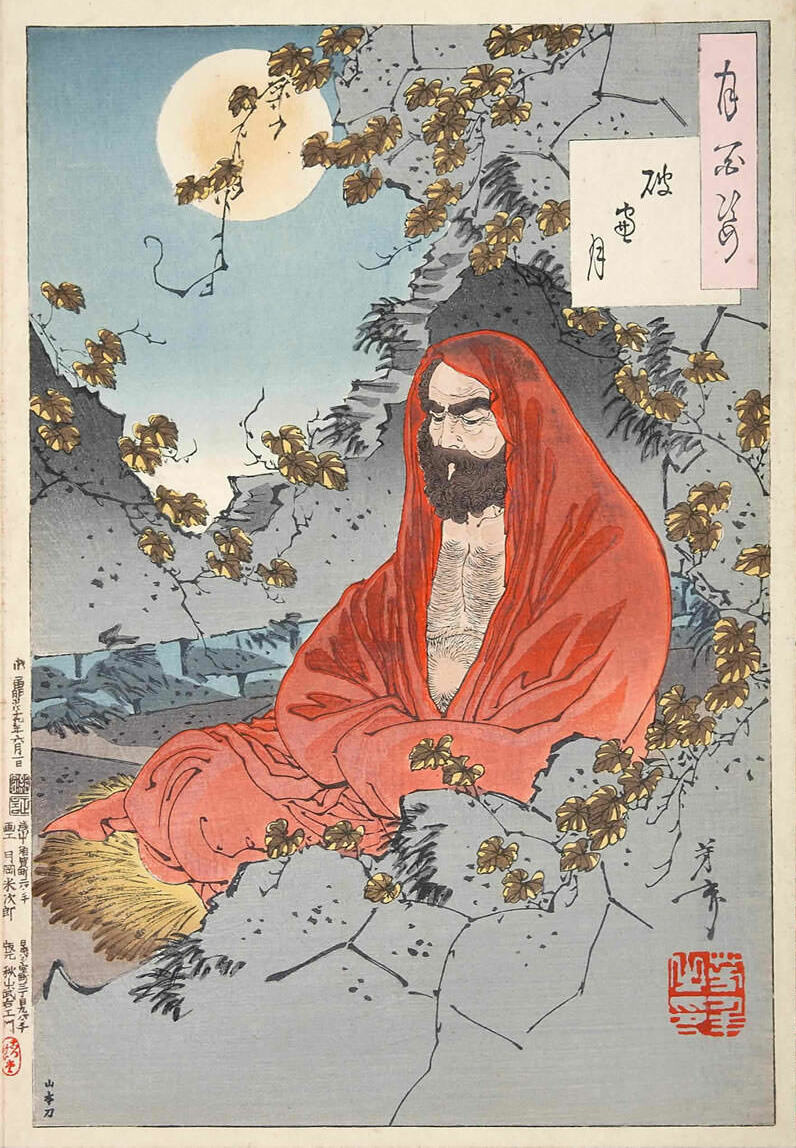تاریخچه ورزشهای رزمی
History of Martial Arts 🔴
History of Martial Arts: From Survival to Coded Schools
A detailed examination of the origins of martial arts, due to their ancient nature and gradual evolution in the context of human civilizations, faces challenges in the field of historical documentation. However, it is possible to examine and analyze the evolution of martial arts in parallel with the history of the emergence and evolution of man. Since ancient times, man has always been exposed to natural and unnatural dangers due to his more vulnerable physical structure compared to many other creatures. The need to defend himself against his fellow human beings (human wars), confronting predatory animals, and the need to hunt for survival have forced man to invent special martial tools and skills. This fundamental need for survival and self-protection strengthens the assumption that the emergence of the art of fighting has been in step with the existence of man.
Ancient Roots in the Middle East and the Iranian Plateau
_6gbc.jpeg)
With the emergence of the first organized civilizations in the Mesopotamian region and the expansion of human activities in the Iranian Plateau and the present-day Middle East, the first more codified manifestations of martial skills can be traced to these regions. Historical evidence shows that ancient civilizations in this geographical area, including the Sumerians, Akkadians, Babylonians, Assyrians, and later the Achaemenids in Iran, had specific military and educational structures for training their warriors. Among these, we can mention the formation of the first regular and organized army in the world by Cyrus the Great around 550 BC, which indicates the importance of martial training and military preparation in ancient Iran. Based on this evidence, the hypothesis that the Middle East and the Iranian Plateau were the initial points of emergence and formation of martial arts has a high credibility. These arts initially had a completely practical and military aspect and their main purpose was preparation for battle and defense.
The Role of East Asia: Bodhidharma and the Shaolin School

Despite their ancient, often practical and military roots, many historical texts in East Asia attribute the formation and development of more modern schools of martial arts to figures such as Bodhidharma, an Indian Buddhist monk. Bodhidharma, known as the founder of Zen in China, arrived in China between 520 and 527 AD after a long journey from India and settled at the Shaolin Monastery. Some historical sources consider Bodhidharma to have been Iranian or from southern India.
Oral traditions and ancient texts from the Shaolin Temple indicate that the monks of this temple, contrary to the usual customs of asceticism and study of religious texts, engaged in less physical training and were mainly engaged in long periods of meditation. This prolonged state of stillness gradually led to physical weakness and muscle fatigue among the monks. To combat this problem and improve the physical condition of the monks, Bodhidharma taught a set of 18 exercises that became known as the "18 Shaolin Exercises" or "18 Tamo Exercises." These exercises, originally designed to warm up the body and increase blood flow, formed the main foundation of physical training in the Shaolin Temple.
Over time, these simple movements evolved into a more complex set of martial techniques, and the Shaolin school gradually became one of the most important centers of martial arts training in China. The knowledge and techniques developed in Shaolin were then transferred to other parts of Asia, including Japan, Korea, and India, leading to the formation and development of various branches of martial arts in these regions.-Author:
Milad Hassannezhad (Pouyan)-
2025/03/23
🔴 Click on this option to follow us on social media and connect with us ⭐️⭐️⭐️
برای مطالعه این متن به زبان پارسی روی گزینه ادامه نوشته کلیک نمایید ⬇️